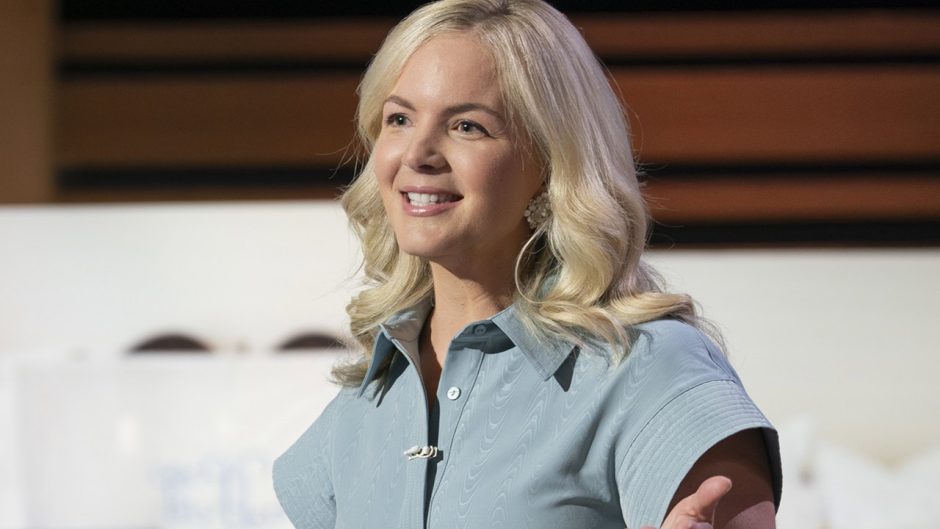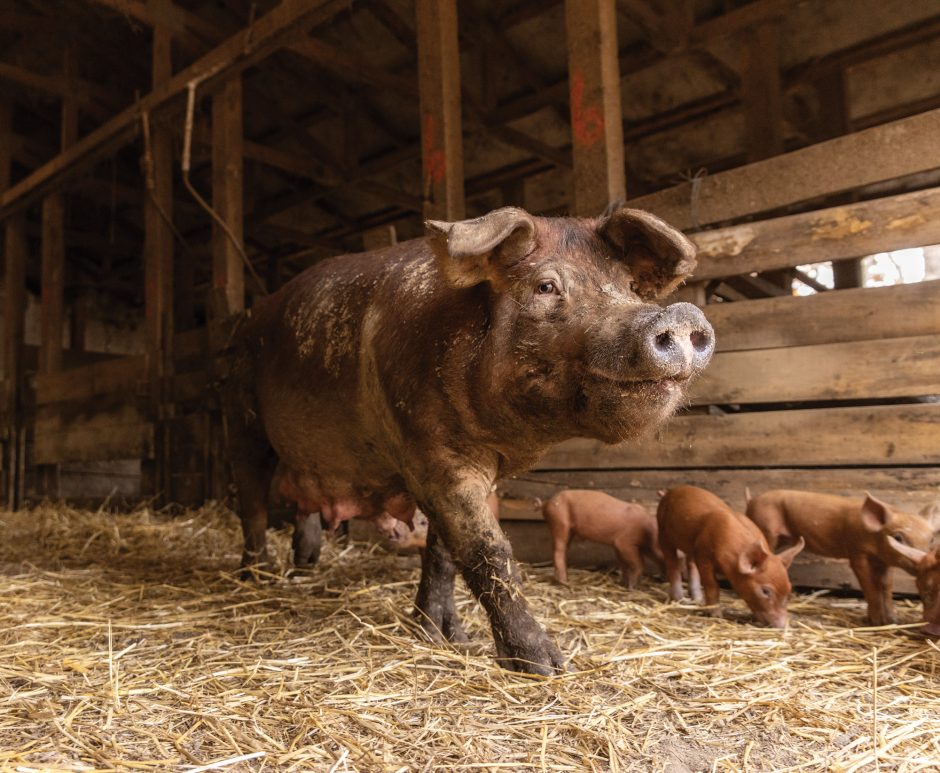
Published on Show Me Mizzou Jan. 10, 2024
Story by Cynthia Levesque Washam, MA ’84
Photos by Abbie Lankitus
Folks in tiny Frankenstein in rural Osage County are used to seeing Russ Kremer’s hogs lumbering through the woods, chomping on walnuts and acorns.
The 66-year-old farmer has grazed his herd outside for more than three decades. Recently, though, neighbors spotted a new curiosity on the farm: a small meat-processing plant so rare in the United States that Kremer, BS Ag ’78, had to import it from Italy.
The plant is the latest step in the fifth-generation farmer’s lifelong quest to reshape pork production in a way that’s best for hogs, humans and the planet. Within the next few years, he envisions similar plants sprouting up among farming communities throughout the Midwest. It’s part of a mission he calls 50/50/5. That means 50% of meat should come from both a farm and a processing plant within 50 miles of its marketplace within five years. After five years, he hopes the percentage will increase.
If he succeeds, it will be a hard-fought victory, says David Wallinga, senior health officer for Natural Resources Defense Council (NRDC) and friend of Kremer. “He’s bucking up against a system leading America in a different direction.”
Kremer wasn’t always a renegade. After graduating from the University of Missouri with a degree in animal husbandry, now called animal science and part of the College of Agriculture, Food and Natural Resources, he followed conventional wisdom by building a concentrated animal feeding operation (CAFO) for his family’s hogs. Confining swine in small, individual pens was considered the best way to boost efficiency and profits. “I had to enlarge our income stream,” Kremer says. “My dad and I thought this was the quickest and best way to expand.”
Modern production also involved feeding livestock with subtherapeutic doses of antibiotics in their feed. “We were told these antibiotics increased growth,” Kremer says. But growth came with a downside. Low doses of antibiotics kill only weak bacteria. Strong bacteria survive by mutating resistance to the antibiotics. Close confinement enables these superbugs to easily spread through the herd.
Almost from the start, Kremer noticed the hogs had more respiratory and gastrointestinal infections than when they roamed freely outside. But he persisted for a decade until 1989, when he developed a stubborn, nearly fatal infection after being gored by one of his boars. Lab tests revealed the bacteria that caused his infection were the same type sickening his pigs.
That experience prompted him to abandon the CAFO and all the modern, “efficient” practices that came with it. He began by buying a secluded nearby farm surrounded by hills and trees that served as natural barriers against disease and pests. Then he culled his sick pigs and replaced them with disease-resistant heirloom breeds. He gave antibiotics only to sick hogs and only after homeopathic remedies failed. He went beyond avoiding antibiotics to eschewing all herbicides, pesticides and genetically modified crops. “I felt after doing research that natural feedstuff made more sense,” he says.
The hogs fared better than he expected. Mortality plummeted. He saved $17,000 that first year on drug and veterinarian costs. Contrary to conventional wisdom, he found that “because the animals are so healthy, feed efficiency, growth rate and livability rate improved.”
Financial success did not. Kremer’s buyers in the 1990s were unwilling to pay more for organic, antibiotic-free hogs than for those raised in CAFOs. He tried to persuade other farmers to adopt his approach, knowing that together, they’d be better able to negotiate higher prices. Most balked. “To mimic what I did, they would have to repopulate the herd and bring in new animals,” he says. “That’s a huge cost, and there’s no guarantee.”
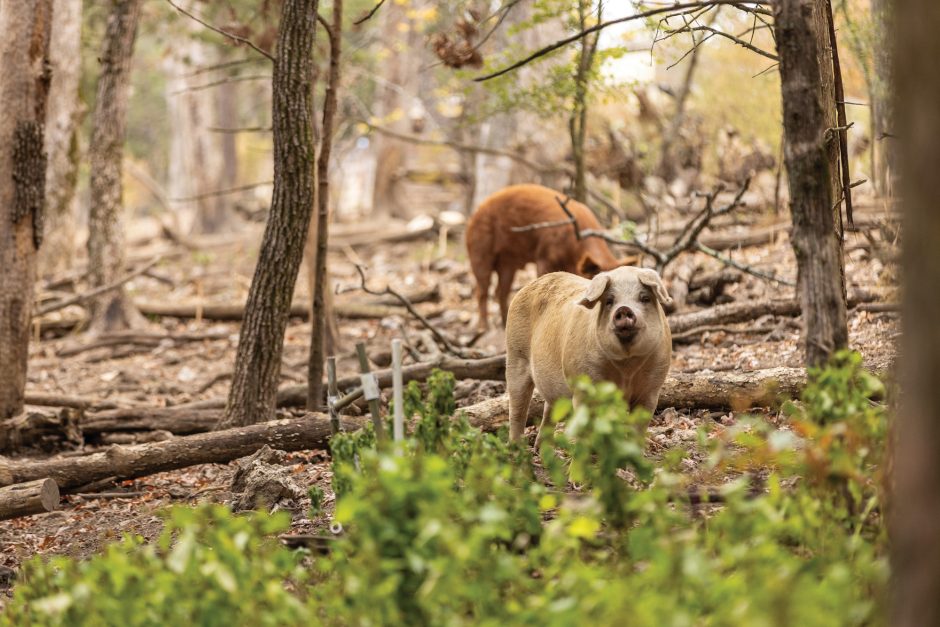
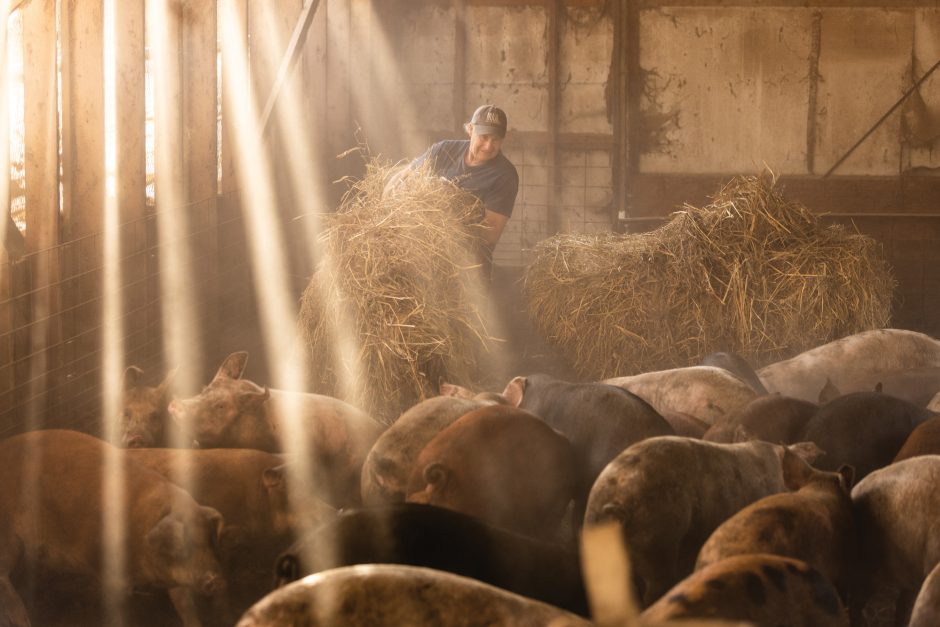
Clean and Green Eating
When he wasn’t caring for his herd, Kremer taught. He spent more than 20 years teaching computer recordkeeping classes to adult farmers in the evening and farming classes to high school students during the day. He has also served as president of the Missouri Farmers Union and the Missouri Pork Association.
The experience has given him a platform for sharing the story of his goring and the robust health of his free-roaming hogs. “He’s probably influenced everyone who’s heard him speak,” says Melinda Hemmelgarn, MS ’84, of Columbia. She’s the host of Food Sleuth Radio. “It’s a powerful story.” Maybe so, but back then, Kremer recalls, few farmers were swayed. “I was told I was crazy,” he says.
Still, he stuck to his mission, and in 1999, his outlook started to brighten. That year, Kremer visited farmers and meat processors in Europe with a grant from MU’s rural sociology department and was encouraged when he saw small farmers thriving through jointly owned co-operatives. Some bought their own processing facilities. Kremer calls it “a life-changing experience. It gave me hope for small hog farmers.”
Simultaneously, Americans were waking up to the benefits of clean and green eating. Believers were willing to pay more for meat produced without herbicides, pesticides, antibiotics or genetically modified crops.
Within a few years, Kremer had enlisted 31 other hog farmers to establish the Ozark Mountain Pork Cooperative. All committed to raising their swine in open, organic pastures, feeding them non-GMO grains and eschewing nontherapeutic antibiotics. Their Heritage Acres-labeled products were sold in major supermarkets including Costco and Whole Foods, often after Kremer dropped in for a chat with the chief executive.
As the co-op gained recognition, so did Kremer. In 2013, he earned the annual Growing Green Award from the Natural Resources Defense Council. Articles about him appeared in a few media outlets including The New York Times. Co-op membership, meanwhile, grew to 150 members throughout the Midwest. In 2009, members stopped working as a co-op, instead continuing as a network of independent producers. A California-based family of artisan meat producers formed a partnership with network members to process and market their meat under the True Story label. True Story is major purveyor of organic, non-GMO pork products.
Kremer used his expertise to promote farming policy. In 2006, he served as a delegate to the World Farmers’ Congress in South Korea and was appointed to the United States Department of Agriculture’s Advisory Committee on Biotechnology. He visited Maryland legislators in 2017, urging them to pass a law restricting antibiotic use in healthy livestock. The law passed. So did a similar one in California.
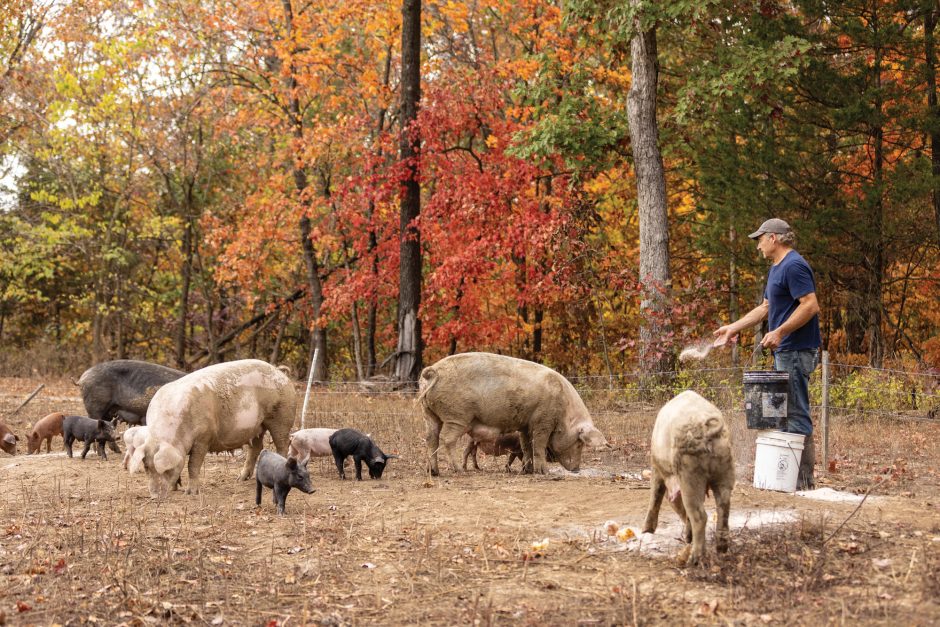
The Italian Way
With his co-operative swine production firmly established, Kremer turned his attention toward regenerative agriculture, raising his pigs in a way that enhances the environment. He planted trees to shade his hogs and provide them with acorns and nuts while at the same time sequestering carbon. Hogs grazing in the forest fertilize the soil with their waste, further enriching the plants and trees. This cycle Kremer fostered mimics the natural harmony of an ecosystem in the wild. A bonus he’s proud to point out is the “very healthy meat” coming from a diet high in acorns and nuts.
Kremer was at the top of his game in 2017 when once again he cheated death, this time from non-Hodgkin’s lymphoma, a rare type of cancer. “I’m a man of faith,” he says. “I realized I should use this challenge to make me grow.”
Growth meant thinking small. Kremer had come to see the corporately controlled meat supply chain as long and vulnerable. He’d made his impact on farming practices.
It was time to focus on meat processing and distribution. Kremer points out that four multinational conglomerates control about 85% of the world’s meat supply. Such narrow concentration could make our food supply vulnerable to unpredictable events, he says, including trade wars, extreme weather and diseases such as the avian influenza, which caused a nationwide egg shortage in 2022.
Such consolidation also threatens the environment at a time of growing concern over climate change. Trucks spew carbon into the atmosphere as they transport livestock from farms to processing plants sometimes hundreds of miles away. Processors then distribute their products widely, further fouling the air.
The alternative Kremer espouses is a resurgence in family farms coupled with a shift to small processing plants serving their communities. It’s what inspired him during his first trip to Europe and influenced him to return in 2021. There he visited Italian processors churning out products for neighbors they’d known for years.
Kremer took the first step on his new mission by installing the Italian-made plant on his farm, where his Wildwood Farm prosciutto, salami and other gourmet products are processed. Within a year, he expects to surpass his 50/50/5 goal with all his customers living within 50 miles of his farm. He plans to expand his processing plant soon, as other local swine farmers start using it to process their pork. He also ordered a small Italian beef-processing facility he will co-own in northern Missouri and a chicken-processing plant he’ll install on his farm to serve local poultry farmers.
To shorten distribution chains beyond his own farm, Kremer co-founded Nature’s Atlas, a nonprofit that recruits, educates and offers funding support to small farmers who embrace the 50/50/5 model. “We’re going out of our way to develop a network of new farmers, working with a lot of minorities and women as well as fifth-generation farmers who say, ‘I want to do it right.’ I’m more optimistic today than I ever have been.”
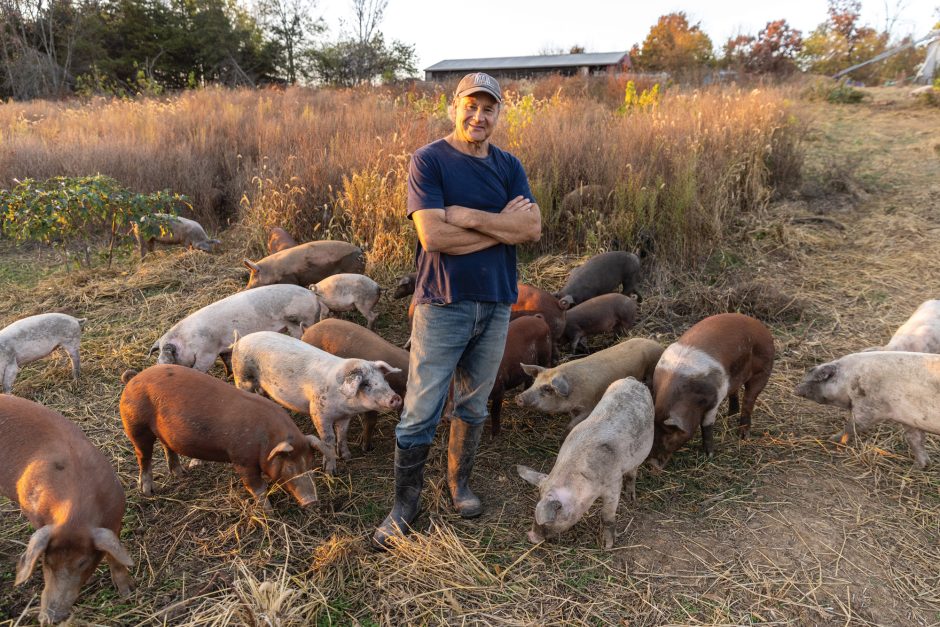
To read more articles like this, become a Mizzou Alumni Association member and receive MIZZOU magazine in your mailbox. Click here to join.



